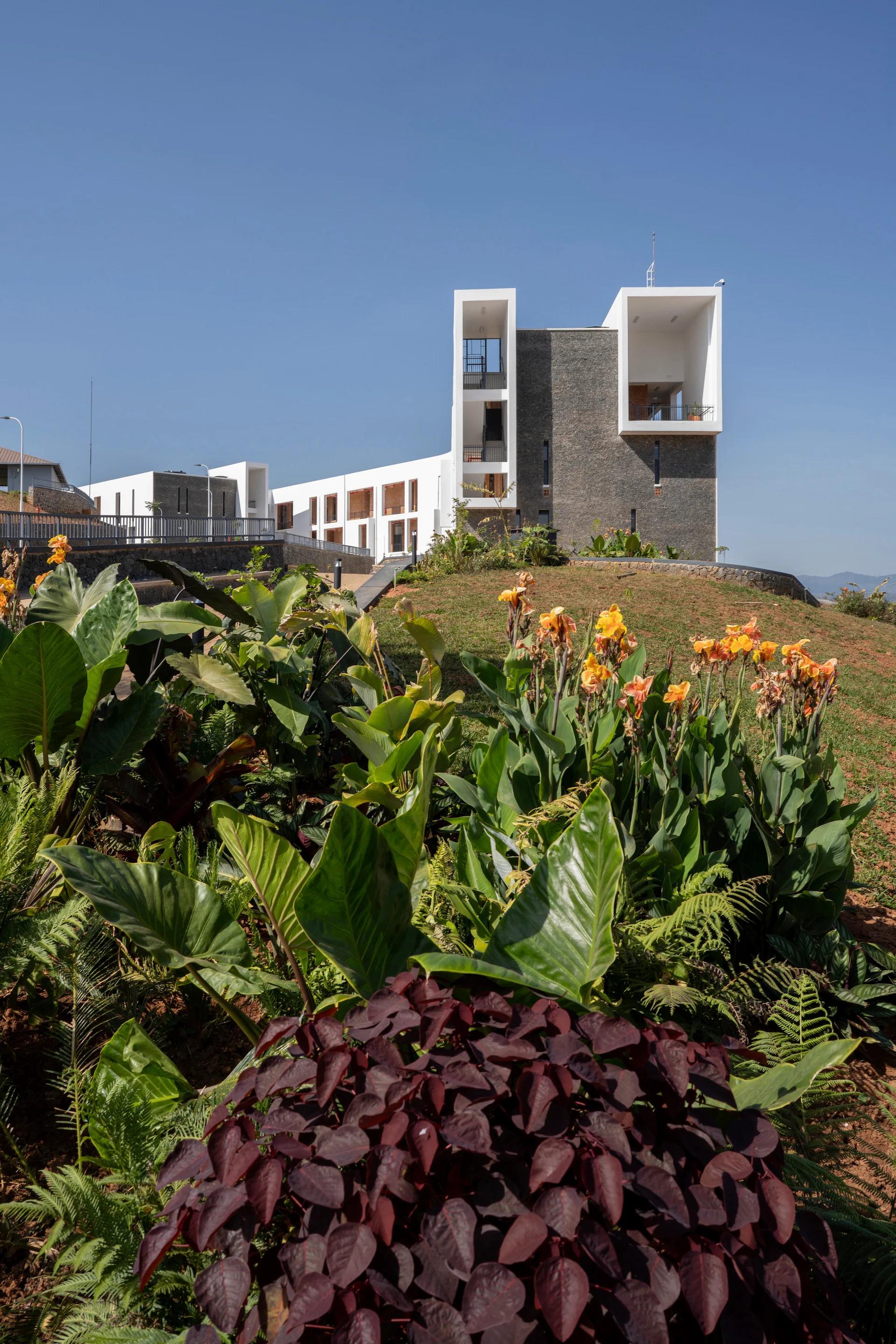SPOTLIGHT: HUMAN NATURE SEPTEMBER 17 2022
by Anna Carnick
A conversation with the era-defining MoMA curator
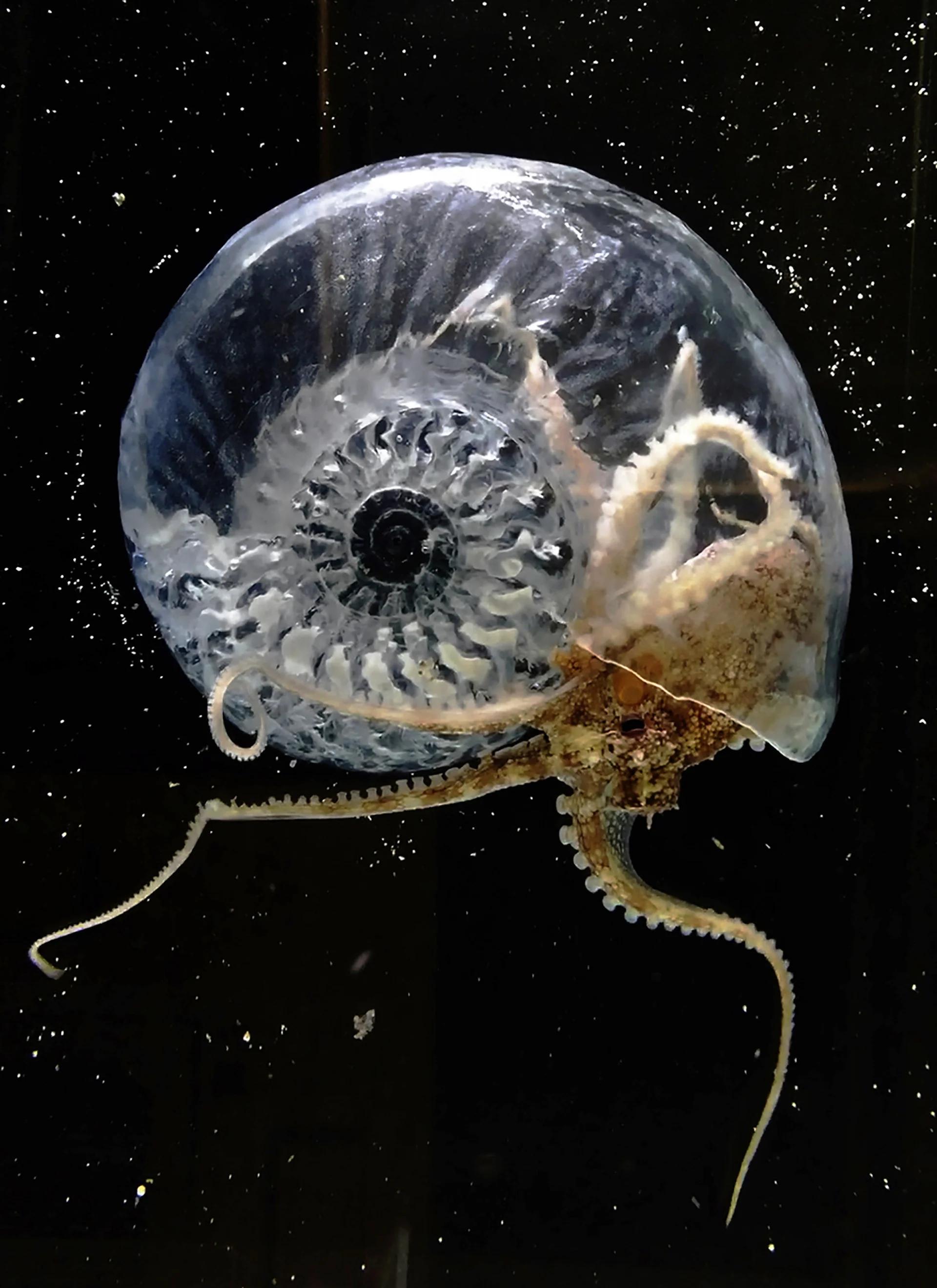
THINK EVOLUTION #1: KIKU-ISHI (AMMONITE),2016-17; HD VIDEO INCLUDED IN BROKEN NATURE CURATED BY ANTONELLI
Photo courtesy of the artist and Maho Kubota Gallery
In the Human Nature series, we explore the critical, evolving relationship between humans and our environment through conversations with some of today’s most inspiring, influential, and boundary breaking design creatives.
In this edition, we speak with Italian-born, New York-based curator Paola Antonelli. Arguably the discipline’s most influential curator in a generation, Antonelli is Senior Curator at the Department of Architecture and Design at the Museum of Modern Art in Manhattan. From her recent, acclaimed exhibition Broken Nature to Design Emergency—a pandemic-inspired Instagram series tackling the most pressing issues of our time, produced in collaboration with critic Alice Rawsthorn—her always timely work champions a multidisciplinary approach while framing the possibilities of our world through the dynamic lens of design.
As Antonelli observes, “Making people aware of the power of design can create more responsible citizens, and it can allow us to build objects and infrastructures that are fairer and more equitable to all humans and the rest of nature.”

CURATOR PAOLA ANTONELLI
Photo © Marton Perlaki
Design Miami/ What is the driving motivation behind your practice?
Paola Antonelli/I believe that design is the most interesting and consequential form of applied creativity. My work is based on the premise that design, good and bad, is everywhere--not just the chairs on which we sit, but also the interfaces we use on a daily basis and the intangible systems that surround and shape our lives. Making people aware of the power of design can create more responsible citizens and it can allow us to build objects and infrastructures that are fairer and more equitable to all humans and the rest of nature. Design helps people deal with life’s quotidian aspects, milestones, and challenges. It helps them negotiate changes that are sometimes uncomfortable or dramatic. And it helps scientific or technology revolutions become life.
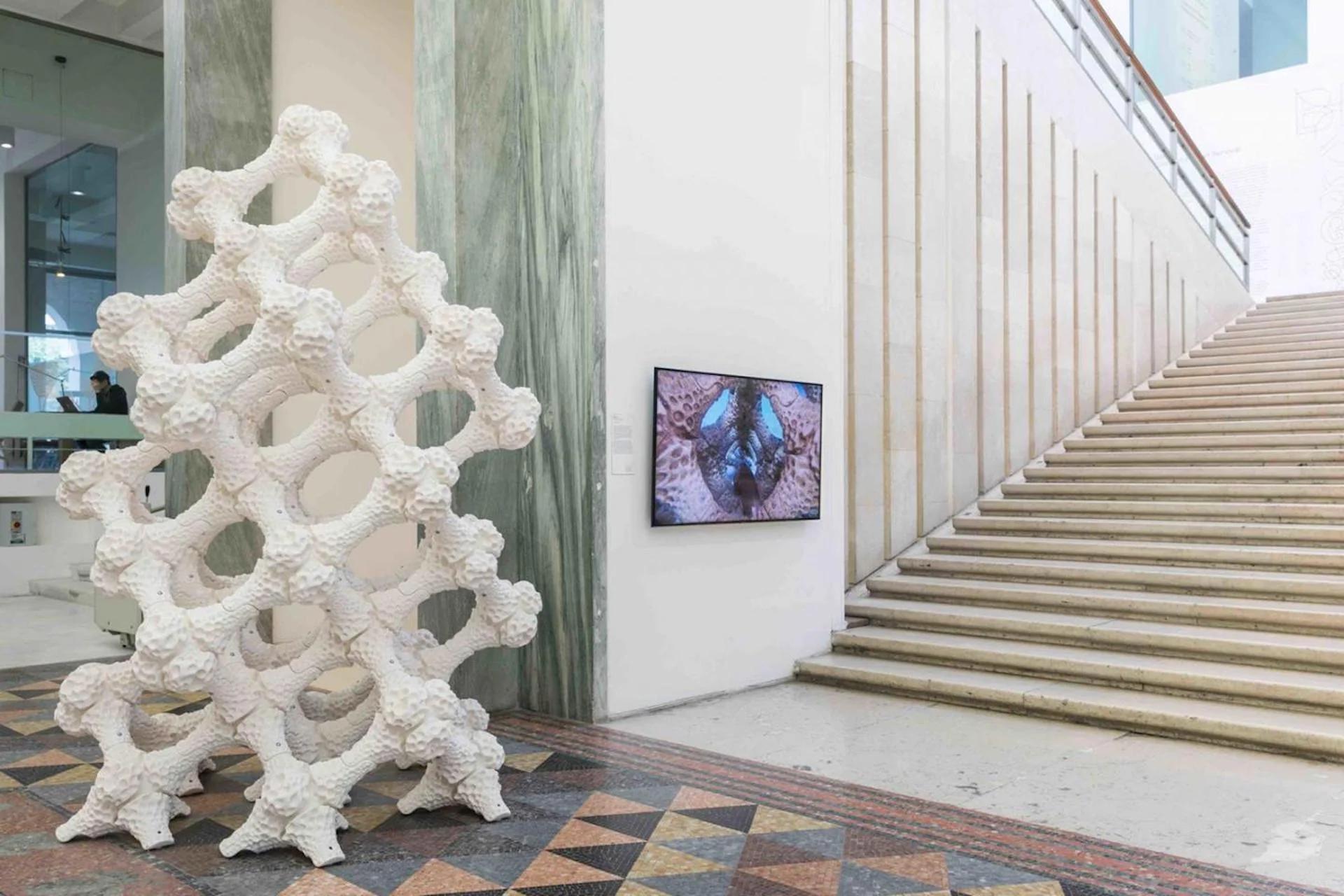
INSTALLATION VIEW OF BROKEN NATURE AT THE TRIENNALE DI MILANO IN 2019, FEATURING MARS BY ALEX GOAD, 2013
Photo © Gianluca di Ioia; courtesy of Triennale di Milano
DM/Is there one particular project you can point to that best represents your values and approach?
PA/Design and the Elastic Mind, an exhibition that I organized in 2008, began my exploration of design as a system, in particular of the relationship between design and science, and the ways in which design can help translate some of the momentous changes that are brought about by science, technology, and politics, bringing them into daily life. Design is not just objects, but rather entire systems of production: from the sourcing of the materials to the manufacturing process, but also the life cycle of an object and its impact on culture and society. This line of thought has informed my subsequent projects, all of which look at design from a multidisciplinary and systemic lens. In time, this curatorial attitude has become more and more overtly political, in step with the increasing urgency of geopolitical crises all around us.
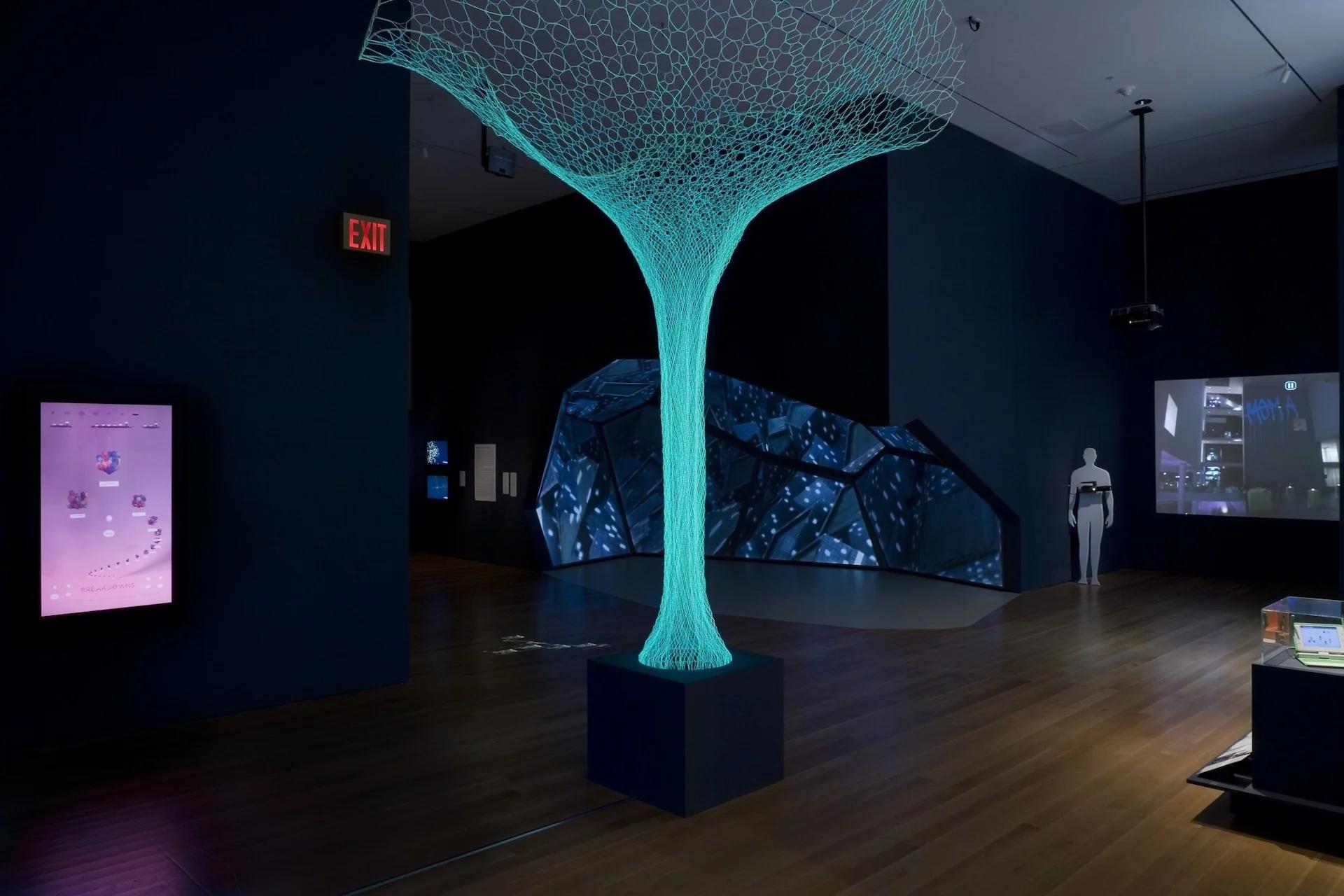
INSTALLATION SHOT FROM DESIGN AND THE ELASTIC MIND, 2008
Photo © Museum of Modern Art
A project like Design and Violence, for example, explores the ways in which the system of design might intentionally or unintentionally be used for malicious purposes or to exert violence on humans, animals, or ecosystems. Even an exhibition like Neri Oxman: Material Ecology, which might seem focused on the inner workings of architecture, becomes a political statement about the environmental crisis. Being political means having a critical and self-aware approach to life within a social system. By offering the bright example of an architect that proposes innovative, sustainable methods and processes of production that are rooted in and inspired by processes found in nature, I am hoping to support the many architects and designers that are approaching that system critically.
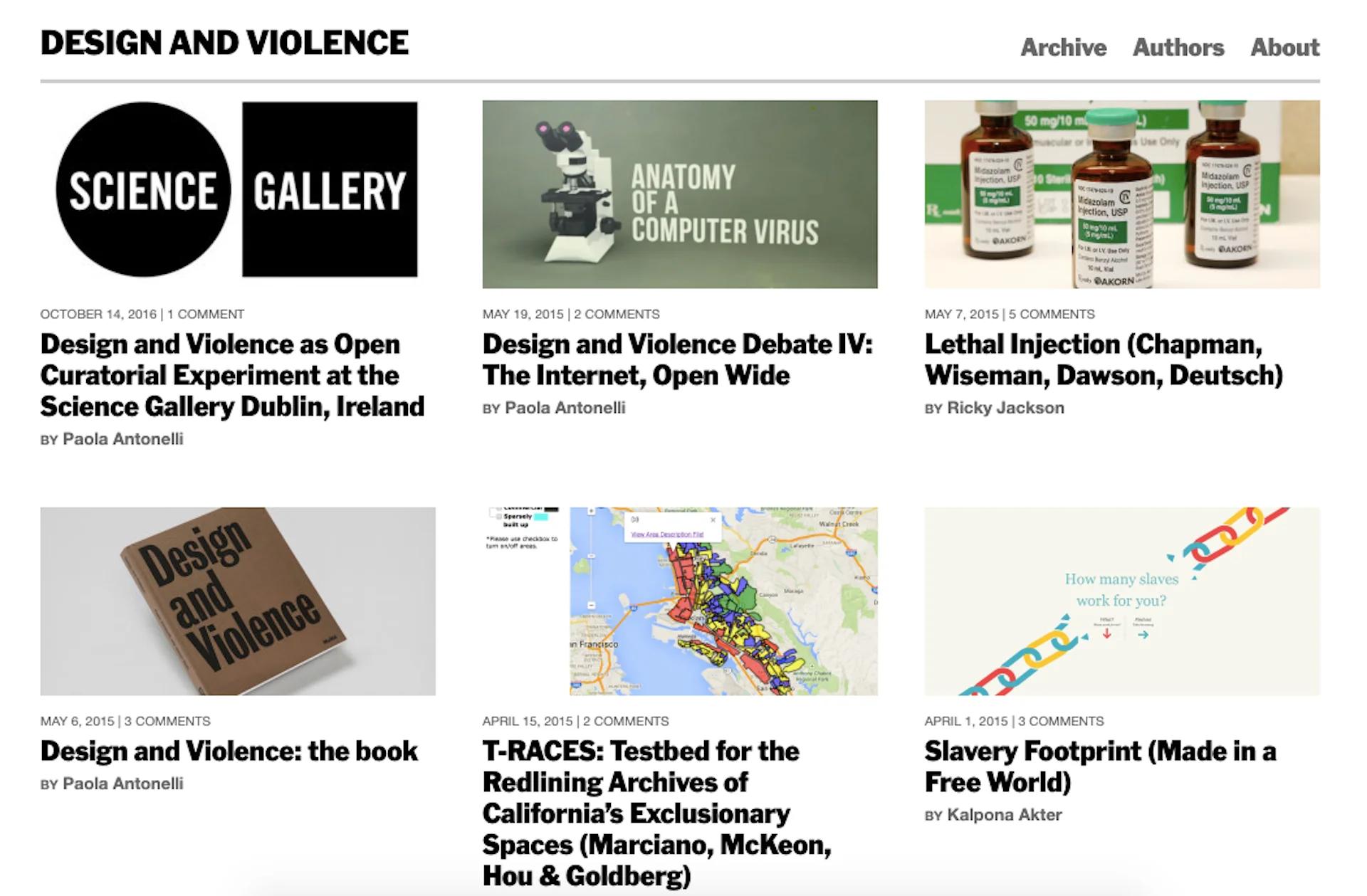
SCREENSHOT FROM THE DESIGN AND VIOLENCE WEBSITE
Courtesy of Paola Antonelli
DM/What project are you most proud of to date and why?
PA/Without being cute, I’m proud of all of my projects for different reasons, but I would say that Broken Nature—which I first organized at the XXII Triennale di Milano and then brought to MoMA as a much smaller installation—is the latest that I hold close to my heart. It explores the ways in which design can help humans repair our fragile ties with the rest of nature by advocating for the concept of restorative design. The project has had many different faces and iterations—from the installations, to online platforms and even a podcast series, which took some of the themes in the show and explored them through a global lens, with the goal of understanding how we might be able to design objects and systems that are fairer to all humans and other species. And I organized it in my hometown, Milano, in the building where I started my career. It has been a source of joy and pride.
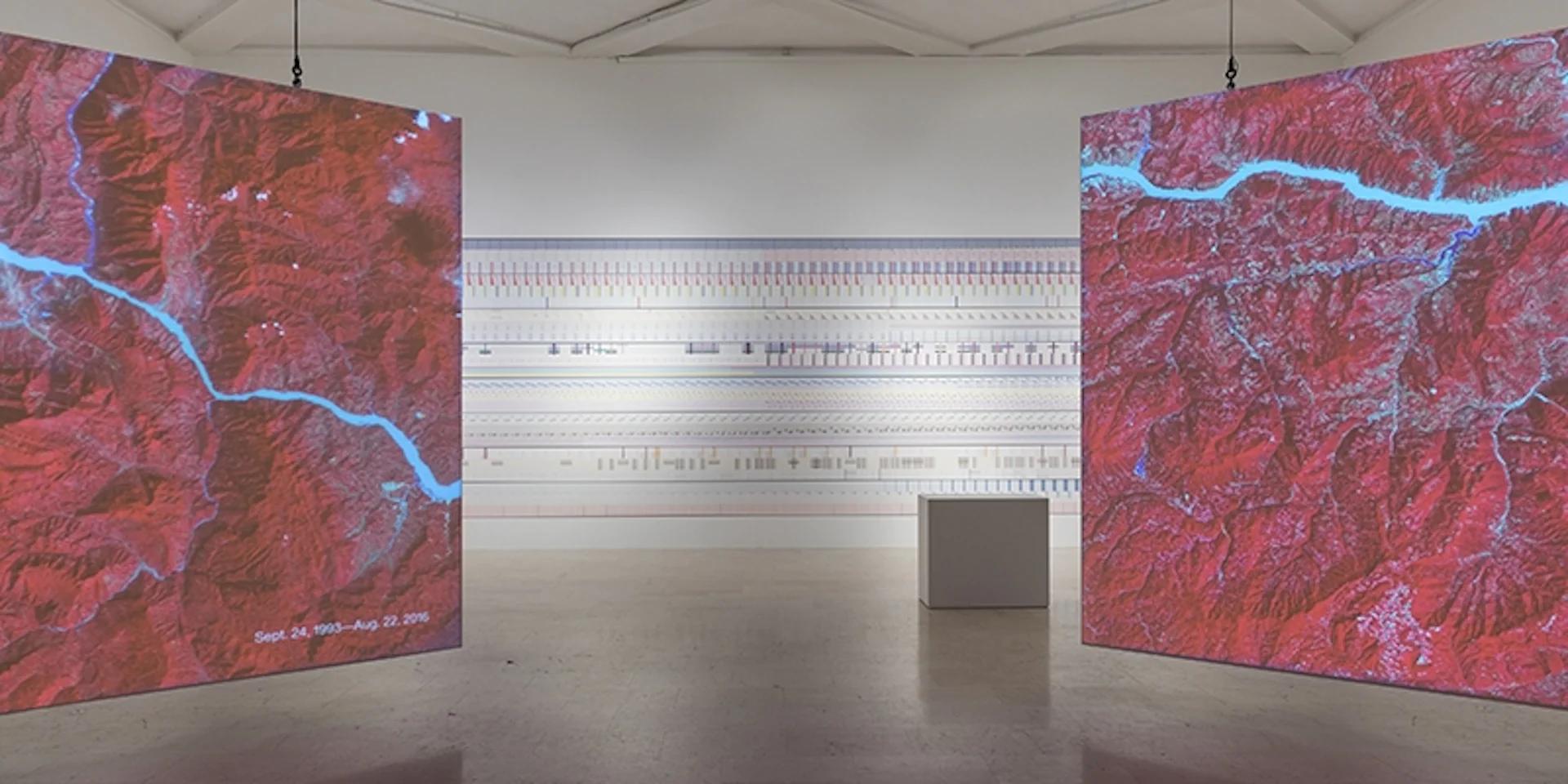
BROKEN NATURE AT THE TRIENNALE DI MILANO
Photo © Gianluca Di Ioia; courtesy of Paola Antonelli
DM/Can design help solve our environmental and social ills? And if so, how?
PA/I don’t believe design can solve all of our problems. No discipline alone can—interaction and collaboration between disciplines is crucial. We generally think of design as a combination of skills that center around form-giving and making, but these skills must be as much social, political, and scientific as they are technical and aesthetic. The ability to understand and speak many different languages is what allows designers to transform flashy trends or sudden disruptions into more meaningful strategies.

THE DESIGN EMERGENCY INSTAGRAM SERIES EXPLORES DESIGN’S ROLE IN BUILDING A BETTER FUTURE
Photo courtesy of Paola Antonelli
Design can encourage new behaviors. It can help people negotiate change. It can help visualize complex information on large-scale planetary mutations, and render them comprehensible to all. It can help build more mindful and responsible citizens, workers, and humans. The @design.emergency Instagram, a great project I began with uber design critic Alice Rawsthorn during the Covid-19 pandemic, is a case in point, as it highlights the important role design can play during major crises. Design is the enzyme of progress.

ALICE RAWSTHORN AND PAOLA ANTONELLI DURING A DESIGN EMERGENCY EPISODE
Photo by Stuart Comer
DM/From your perspective, how must our relationship to nature change?
PA/We should realize that humans are not separate from nature, but instead a part of it. For centuries, our species has been self-centered and has arrogantly placed itself above other species and things. This misguided attitude has created exploitative behaviors, not only towards animals, plants, and entire ecosystems but also towards other humans. We should begin by realizing that when we damage other humans and we damage the rest of nature, we damage ourselves.
DM/Thank you so much, Paola! ◆
This interview is part of a special editorial series inspired by the 2021 Design Miami/ Basel theme “Human Nature.” On the eve of the event, Anna Carnick and Wava Carpenter of Design Miami and Anava Projects took the opportunity to connect with a short list of exceptional creatives working at the forefront of environmentally minded, and therefore socially minded, design. The series explores the evolving relationship between humans and our environment—and asks how that relationship must shift—through conversations with some of today’s most inspiring, influential, and boundary breaking design creatives.

